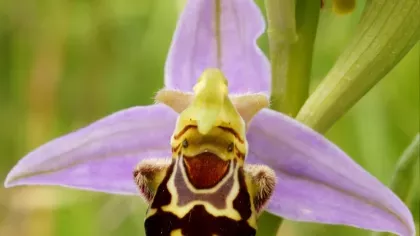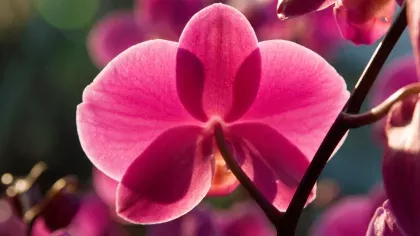11 February 2020
Indonesia: 5 hidden treasures worth protecting
It’s not just the rhino at risk. There are fascinating plants in Indonesia’s rainforests worth watching out for.

Lined with glittering coastlines and filled with lush tropical forests, Indonesia’s biodiversity is truly magnificent.
With over 10% of the world’s flowering plants, it is bursting with flora and fauna, some of which can’t be found anywhere else in the world.
However, these natural resources are much-coveted, putting them at risk of extinction from illegal trade or deforestation.
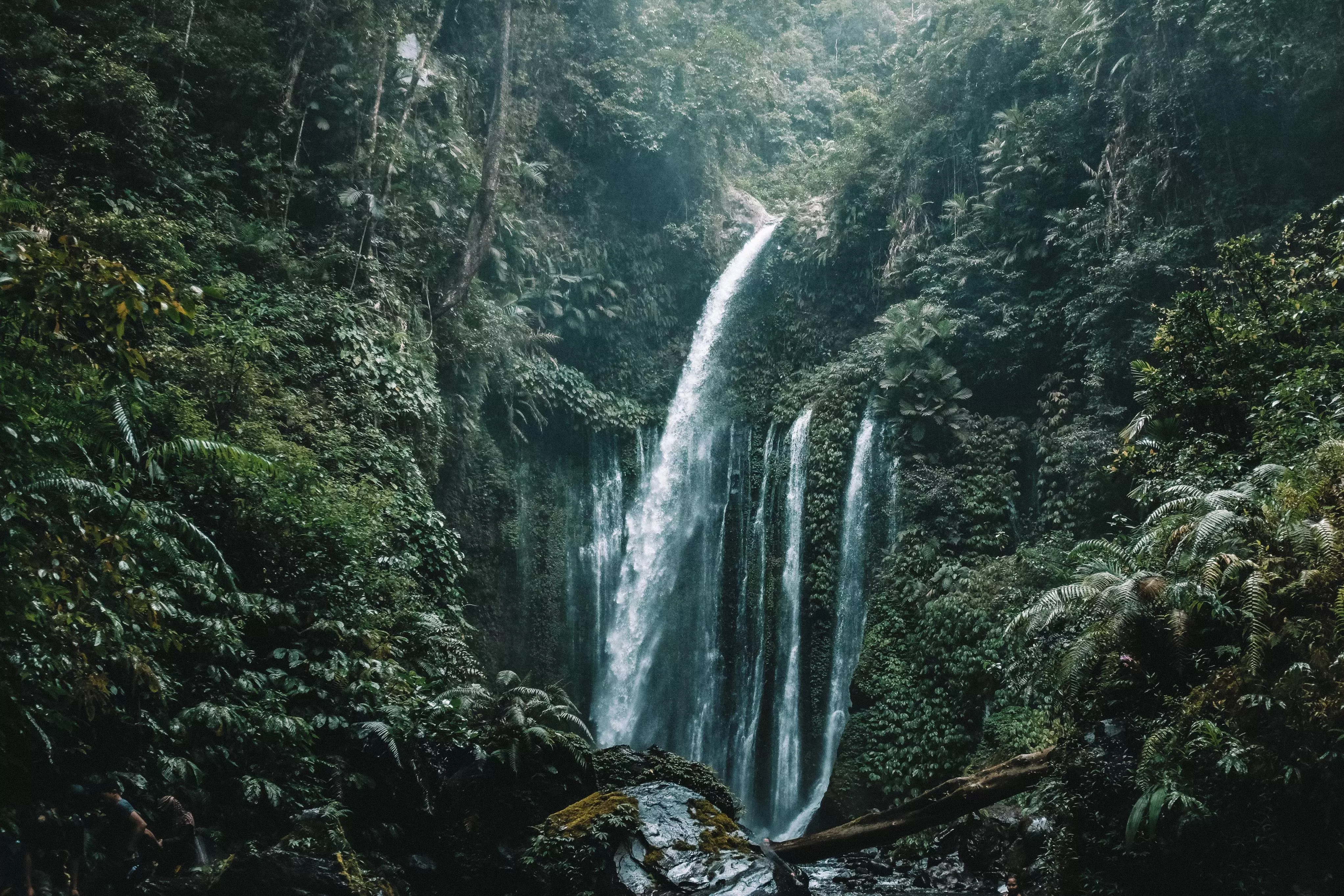
Numbers of animals, like the orangutan or the Sumatran tiger are widely known to be dwindling.
A less bright spotlight is shone on the highly endangered plants that are going extinct every year. Since 1990, Indonesia, a hotspot of orchid diversity, has lost 23% of its forests, destroying forest cover, habitats and endemic species.
Once a species is extinct, it’s gone forever. We can never recover the secrets held in its DNA.
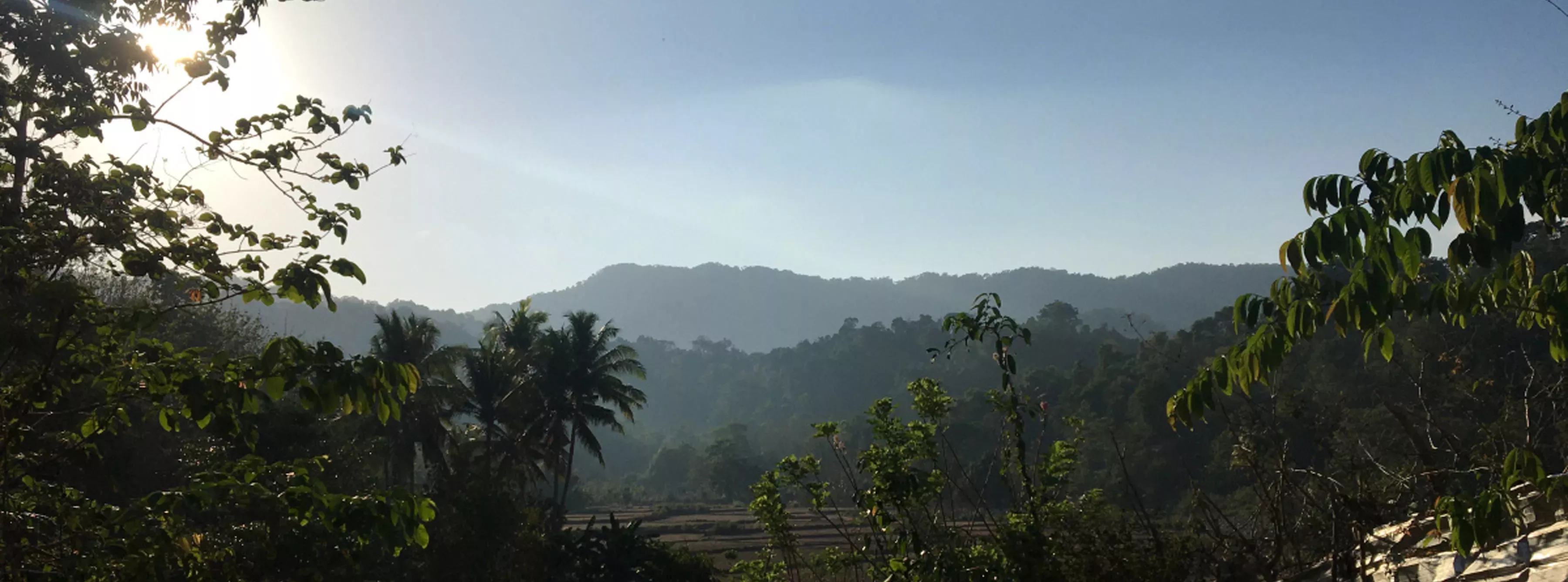
Kew helps save Indonesian plants
The UK was among the earliest members of the Convention on International Trade in Endangered Species of Wild Flora and Fauna (CITES).
This is an international agreement between governments that regulates the trade of at-risk plants and animal species.
As the UK’s CITES Scientific Authority for Flora, Kew are integral to the UK’s efforts to monitor and control the flow of plants across borders. As a Party to CITES, the UK works alongside 180 other countries, assessing and listing those species which need to have checks in place.

How does a plant make the CITES list?
Plants are placed on the list if international trade is judged to pose a direct (or potential) threat to the survival of their species.
Their wild populations are often endangered, while less threatened varieties may also be listed if they closely resemble another vulnerable species which may put them at inadvertent risk.
The list marks out the plants that can’t be traded at all, and plants which can only cross the border if the right permits show they have been harvested legally and sustainably.
Working with other international authorities and customs forces, we provide the scientific expertise to assess the permits issued for CITES-listed plants entering and leaving the UK.
Our collections and knowledge may also be called upon, to identify plants suspected by customs officers, to have been illegally trafficked over the border. Together, we determine if a plant is being traded illegally.
30,000 plants (compared to 5,800 animals) are on the CITES list. Most of these are orchids.
2,892 are from Indonesia, many of which can’t be found anywhere else in the world.
Indonesian plant treasures
1. Queen Victoria slipper orchid (Paphiopedilum victoria-regina)
This stunning and incredibly rare orchid is endemic to Sumatra, Indonesia’s largest island.
It’s a lithophyte, meaning it can grows on rocks. The tropical Asian slipper orchid is found in limestone cliff crevices as high as 1,600m.
Its uniqueness is its downfall; the plant population has been devastated by over-collection for trade and hybridization, as well as other threats like deforestation and habitat destruction.
It is listed as Critically Endangered on the IUCN Red List.
CITES lists this plant on Appendix 1, meaning that wild-collected plants cannot be traded.

2. Anggrek bulan, or Moon orchid/moth orchid (Phalaenopsis amabilis)
When you imagine a typical orchid, the moth orchid is what you probably see.
That’s because numerous hybrids of the moth orchid makes for a very popular houseplant. In fact, the ‘mother’ species of many orchid hybrids commonly encountered on the high street originate from Indonesia.
In some species, the flowers resemble moths. So no surprise how it got its name – Greek phalaino (moth) and opsis (appearance). As an epiphyte it grows on other plants, particularly tree trunks and branches in parts of a tropical rainforest.
The 50 wild species of Phalaenopsis are very endangered. They are only allowed to be traded internationally if the harvest is sustainable and if the plant has been cultivated to the CITES guidelines.
Did you know? Phalaenopsis amabilis is one of Indonesia’s three national flowers. You can see Marianne North’s depiction of it in the gallery.

3. Indian rosewood (Dalbergia latifolia)
Whilst this tree is native to Southeast India, it also grows in Indonesia, particularly in Java.
This remarkable tree can grow up to 40m high and is notable by the grey bark that peels away and its white flowers.
Largely coveted, the tannins are used in some medicines. Its durable wood is widely used in window frames, flooring, furniture, sports equipment and carving works. If you’re a guitarist, you might recognise the material too.
Interestingly, this species is not considered high risk, however it is listed on CITES.
That’s because it’s hard to tell one rosewood product from one that might have been made with a more endangered species. The best way to protect the more endangered species of rosewood is to list the whole genus (with some exemptions, like the one in your favourite guitar).

4. Vanilla orchid (Vanilla planifolia)
Is there a more satisfying treat than a cool vanilla ice cream on a hot summer’s day?
The orchid species Vanilla planifolia that produces vanillin is used in the production of vanilla across the world including Indonesia. It’s the world’s second most expensive spice.
This species has aerial roots that cling on to trees, allowing it to climb in long vines that can reach up to 15m long. Their flowers only bloom for 24 hours.
Because vanilla can be simply grown on long poles or up trees, it’s an easy crop for farmers to produce in a small plot of land across Bali, Central and West Java amongst other islands.
The plant’s natural pollinator, the Melipona bee, doesn’t exist in Indonesia. So it must be delicately pollinated by hand, with a slim toothpick.
The whole plant itself is protected under CITES, but interestingly, the individual pods used to produce vanilla are free to be traded across borders.
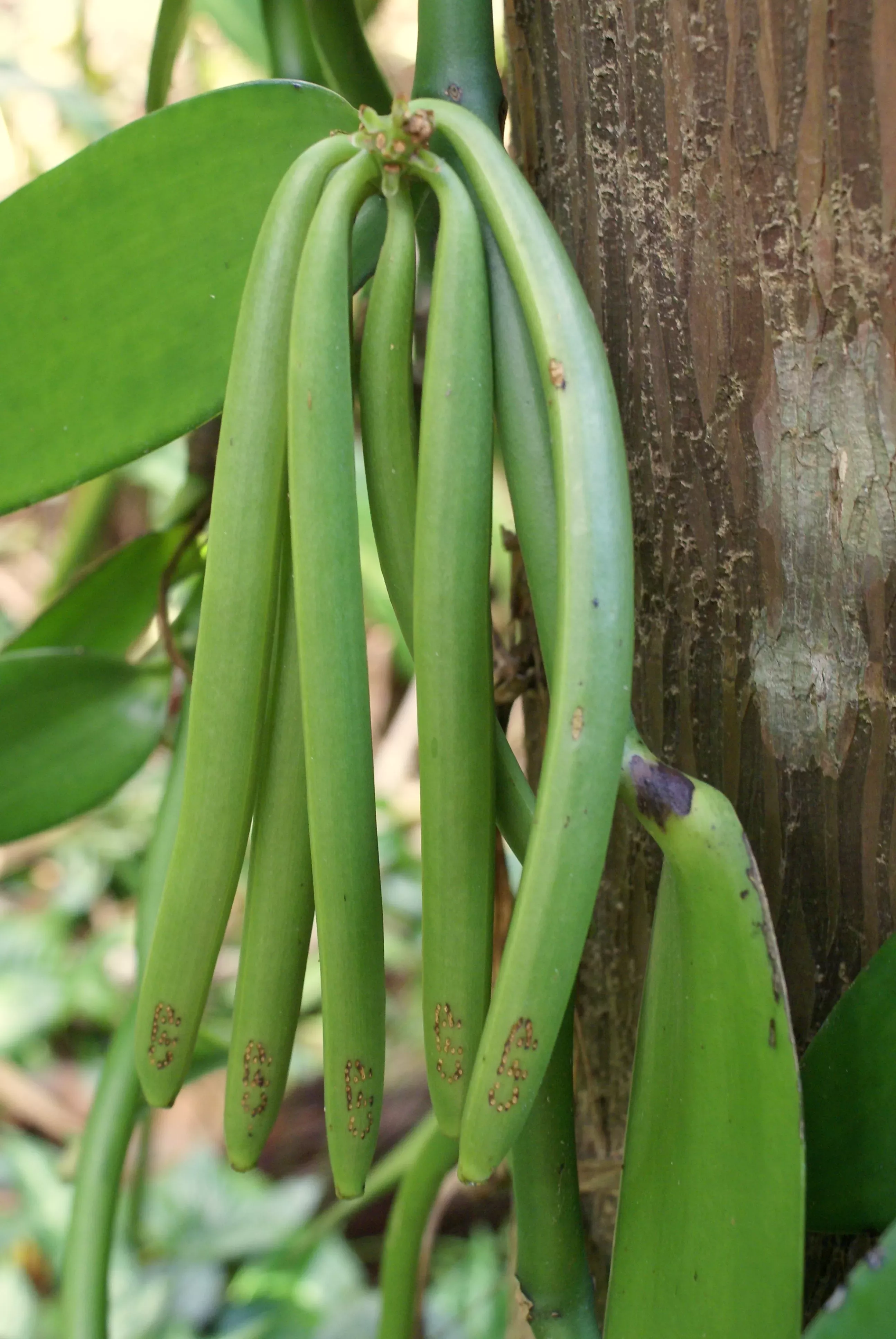
5. Corpse lily, Rafflesia arnoldii
This magnificent, fantastical looking plant produces the largest individual flower known to science.
It gets its foul name from the smell of decay it emits. Despite this unpleasant odour, it’s one of the other national flowers in Indonesia. It is also not a lily at all.
Most of the time, this parasitic plant lives quietly within the stem and root of host, the Indian chestnut vine (Tetrastigma leucostaphylum)). It takes months for the bud to develop into a red-coloured large fleshy cabbage-like flower, which then only lasts a few days.
Despite growing up to a metre in diameter, Rafflesia doesn’t have its own leaves, roots or chlorophyll so can’t photosynthesise. In order to get its food, it sets thread-like strands into the tissue of the vine and absorbs the water and nutrients from it.
This plant doesn’t have a CITES listing, but botanists do acknowledge it to be vulnerable.
We think it’s an example of a wonderful treasure living deep in the rainforest of Sumatra, Indonesia.
In fact, why not grab a copy of Weird Plants by Chris Thorogood, which has a host of extraordinary plants like the Rafflesia. Or visit the Orchids festival to see our creative take on it.



